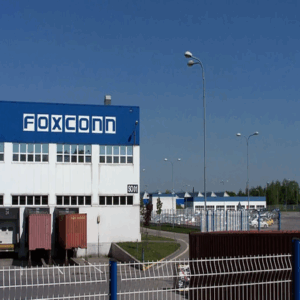Why AR glasses are costing billions of dollars for Meta and Snap

In September, Meta CEO Mark Zuckerberg revealed one of the company’s most ambitious projects: an augmented reality prototype named Orion, which had taken ten years to build and cost billions of dollars. A week prior, Evan Spiegel, the CEO of Snap, had introduced the company’s AR-capable, fifth-generation Spectacles on stage at its annual Snap Partner Summit. With a bold vision for AR glasses to overtake smartphones as the next computing generation, both businesses see enormous promise for the technology.
Chris Cox, the chief product officer of Meta, told CNBC’s Julia Boorstin in an exclusive interview that «this is a major leap forward for technology.» «It’s a significant step toward our objective of defining the next generation of computing.»
For years, IT companies have been working toward the goal of augmented and mixed reality.
Apple began offering its Vision Pro virtual reality headset for $3,500 earlier this year. Google Glass, an early effort at an augmented reality gadget, was originally introduced to the market more than ten years ago in 2013, however it was eventually terminated due to issues. With the 2016 release of its HoloLens corporate headset, Microsoft has also been investing in augmented reality technologies for well over ten years. In October, the HoloLens was terminated due to its lack of popularity.






